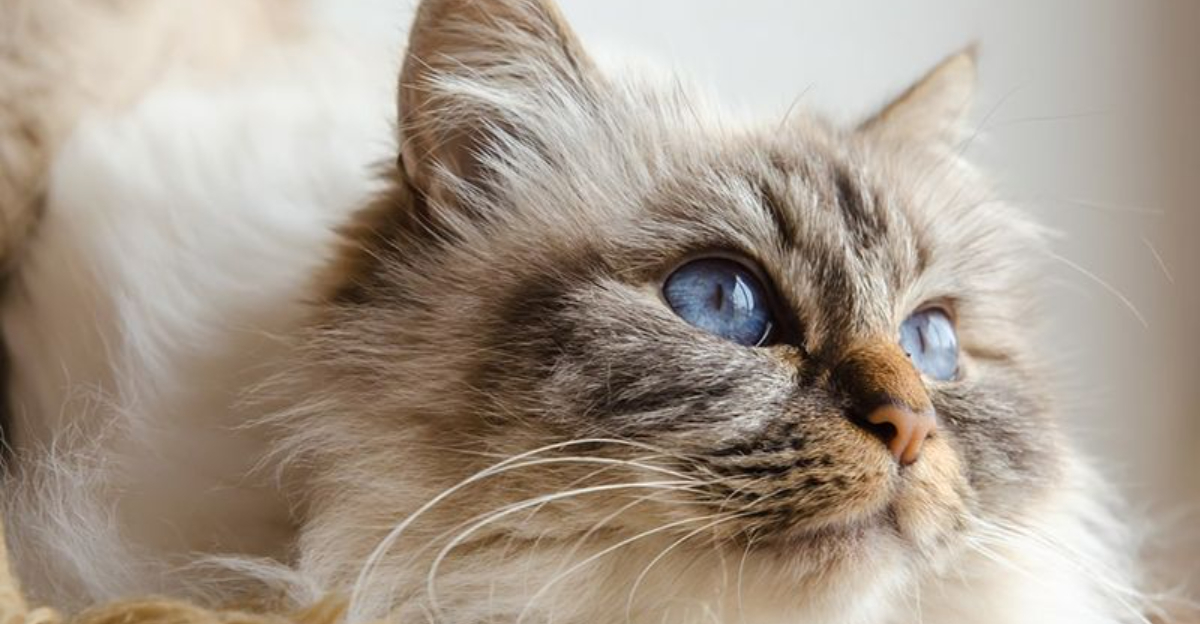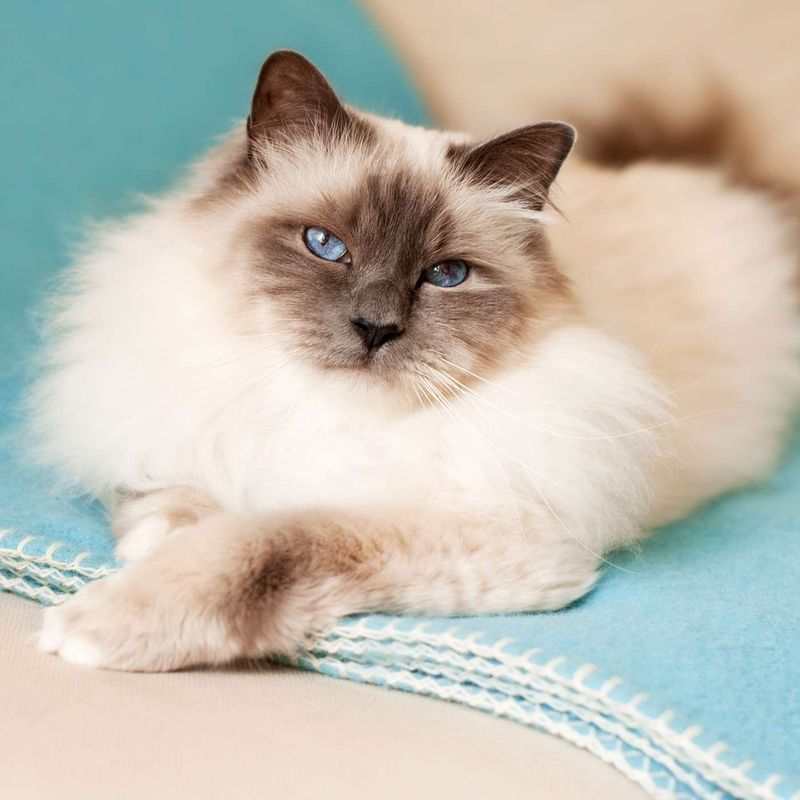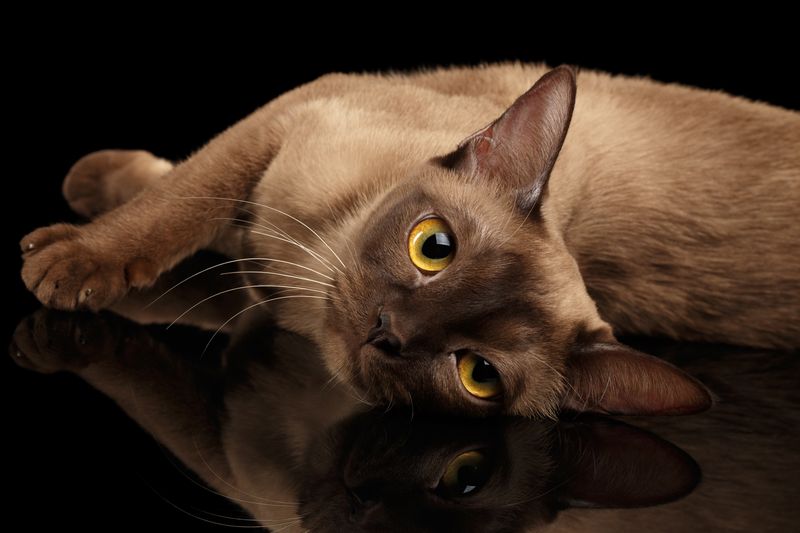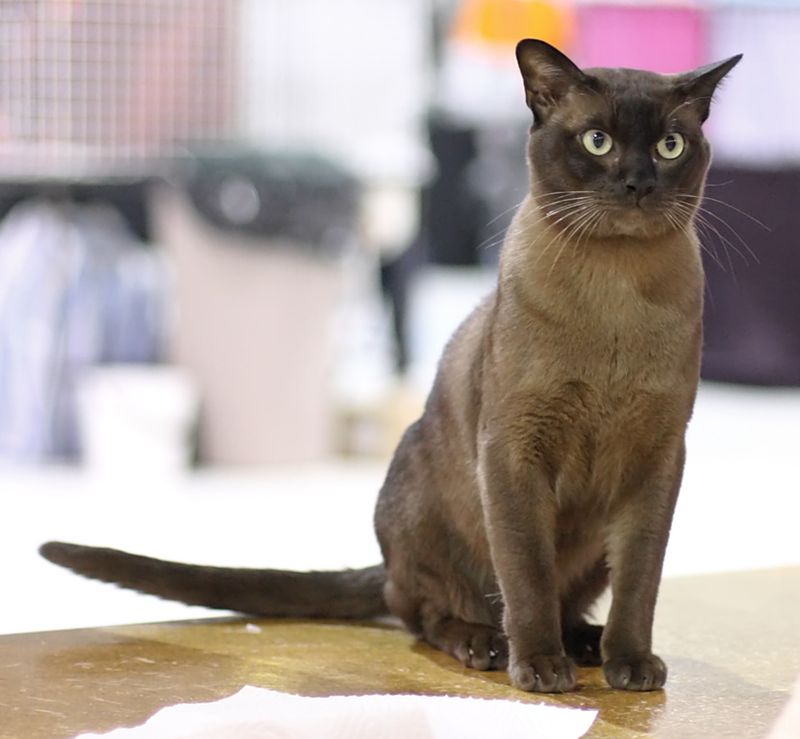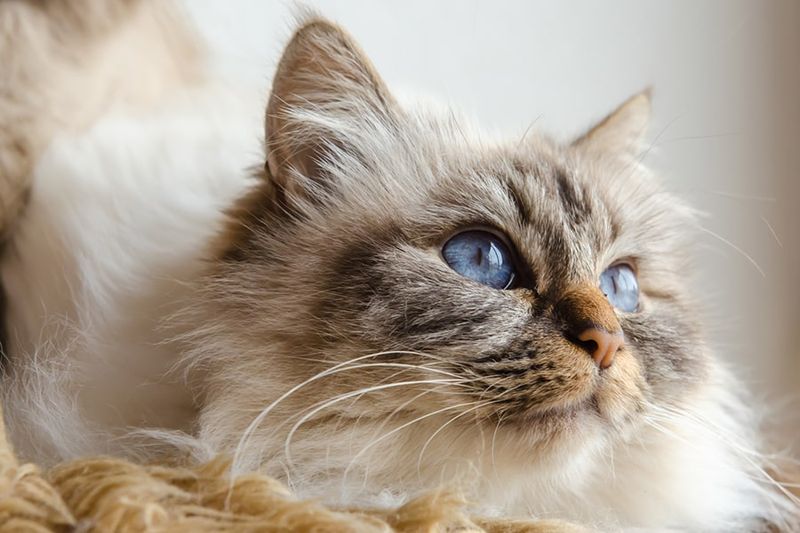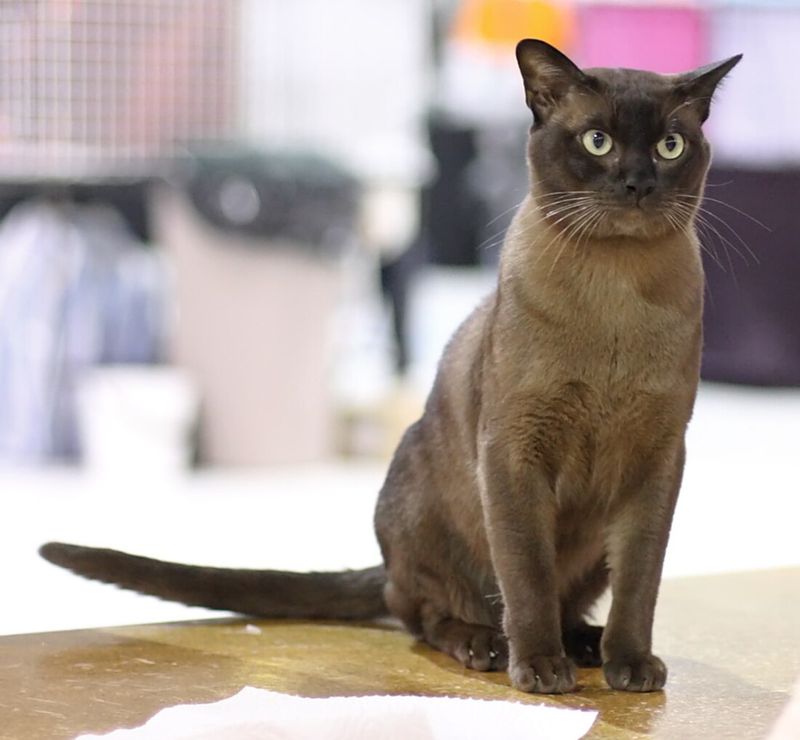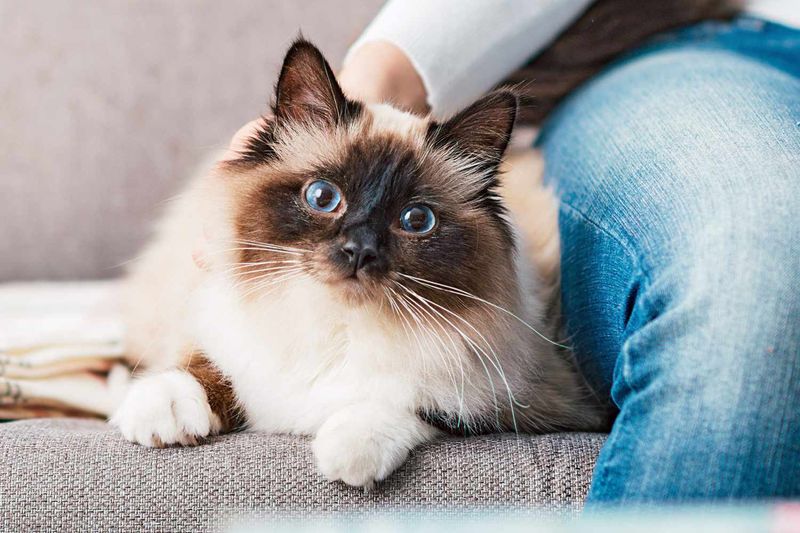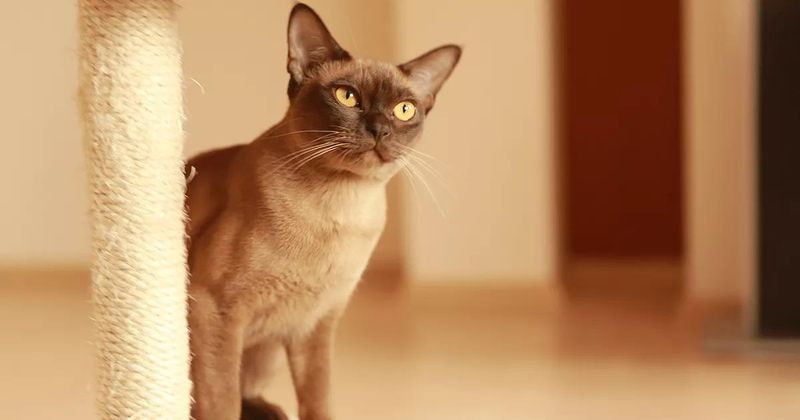📖 Table of Content:
Choosing the right feline companion involves more than picking the prettiest face — personality, care needs, and breed traits all play a crucial role. Among the most captivating breeds are the Birman and the Burmese, both adored for their affectionate nature and striking appearance. However, while they may share some charm, these two breeds differ in ways that make each one unique.
At first glance, their differences may not seem vast to the casual observer. But a deeper look into their origin, behavior, and physical characteristics reveals distinct contrasts that influence how they fit into a household. Whether you’re a seasoned cat owner or a curious future pet parent, understanding these differences can help ensure a perfect match.
This guide walks you through seven important differences between Birman and Burmese cats. From temperament to grooming habits, each section highlights a specific trait to help you make an informed decision — or simply gain a new appreciation for these wonderful breeds.
1. Origin
Emerging from the mystique of Southeast Asia, both breeds share roots in Burma, but their development tells different stories. The Birman breed, though tied to Burmese temples by legend, was formally established in France in the early 20th century. It’s said that a pair was gifted to French travelers, eventually giving rise to the modern Birman. On the other hand, the Burmese breed made its mark through a single cat named Wong Mau, brought to the United States in the 1930s. From there, breeding programs in America and Britain developed what we now recognize as Burmese cats. Their histories, while intertwined geographically, reflect different paths shaped by human influence and breeding goals. This divergence sets the stage for many of the physical and behavioral differences that follow.
2. Appearance
Distinct visual cues help tell these two breeds apart, even at a glance. Birman cats are known for their long, silky fur and signature white “gloves” on their paws, giving them a soft and elegant look. Their deep blue eyes and pointed coloration add to their majestic charm. In contrast, Burmese cats boast a short, glossy coat that clings tightly to their compact, muscular bodies. Their eyes are usually round and golden, radiating intelligence and curiosity. The absence of markings in Burmese cats makes their sleek form and solid color stand out even more. While both are undeniably beautiful, their aesthetics appeal to different preferences.
3. Coat Color
Color variations tell another tale of contrast between these breeds. Birmans come exclusively in a colorpoint pattern, with a lighter body color and darker extremities like the ears, face, paws, and tail. Common colorpoints include seal, blue, chocolate, and lilac, often with white feet. Burmese cats, however, are celebrated for their rich, solid hues such as sable, champagne, blue, and platinum. These deep tones are evenly distributed across the body, creating a velvety, polished appearance. Their coat’s uniformity and shine give Burmese cats a sophisticated, statuesque vibe. Color alone can often indicate which breed you’re looking at, even before you notice the fur length.
4. Personality
Temperament is often the deciding factor in choosing between these two feline friends. Birman cats are typically gentle, quiet, and well-mannered, making them ideal for peaceful households. They enjoy attention but don’t demand it, often content to sit nearby rather than on your lap. Burmese cats, in contrast, are energetic and highly social — they crave interaction and thrive in active homes. These outgoing companions love to play, explore, and often vocalize their opinions with enthusiasm. While both breeds are affectionate, the Birman leans toward calm companionship while the Burmese prefers constant engagement. This difference in personality makes each breed better suited for different lifestyles.
5. Size and Build
Physique also plays a role in setting these breeds apart. Birman cats generally have a medium-to-large frame with a sturdy yet graceful presence. Their bodies are well-proportioned, supported by medium-length legs and a slightly rounded face. Burmese cats, though often smaller, are surprisingly heavy due to their dense muscles — a quality that frequently catches people off guard. Descriptions like “brick wrapped in silk” are often used to describe the Burmese build. Their compact structure is paired with a strong, rounded head and wide-set eyes. These physical traits not only affect how they look but also how they move and behave.
6. Vocalization
The way a cat communicates can significantly influence your experience as a pet owner. Birmans are usually soft-spoken, expressing themselves with light, melodic meows only when necessary. They’re known for being peaceful and rarely contribute to household noise. In contrast, Burmese cats are chatterboxes who love to talk to their humans throughout the day. Their voices are distinct — slightly raspy yet expressive, often used to initiate conversation or seek attention. This talkative trait is endearing to some but may be too much for those who prefer a quieter home. Knowing this difference can help align your expectations with your comfort level.
7. Grooming Needs
Fur length and texture directly influence how much grooming attention each breed requires. Despite having long coats, Birmans are relatively low-maintenance because they lack an undercoat — which means less matting and fewer tangles. A weekly brush is usually sufficient to keep them looking neat and to reduce shedding. Burmese cats, with their short, close-lying fur, are even easier to care for. A simple stroke with a grooming mitt or damp cloth will often do the trick. Their sleek coat naturally stays clean and shiny with minimal intervention. If grooming time is a consideration, both breeds are easy to manage, but Burmese have a slight edge in simplicity.
